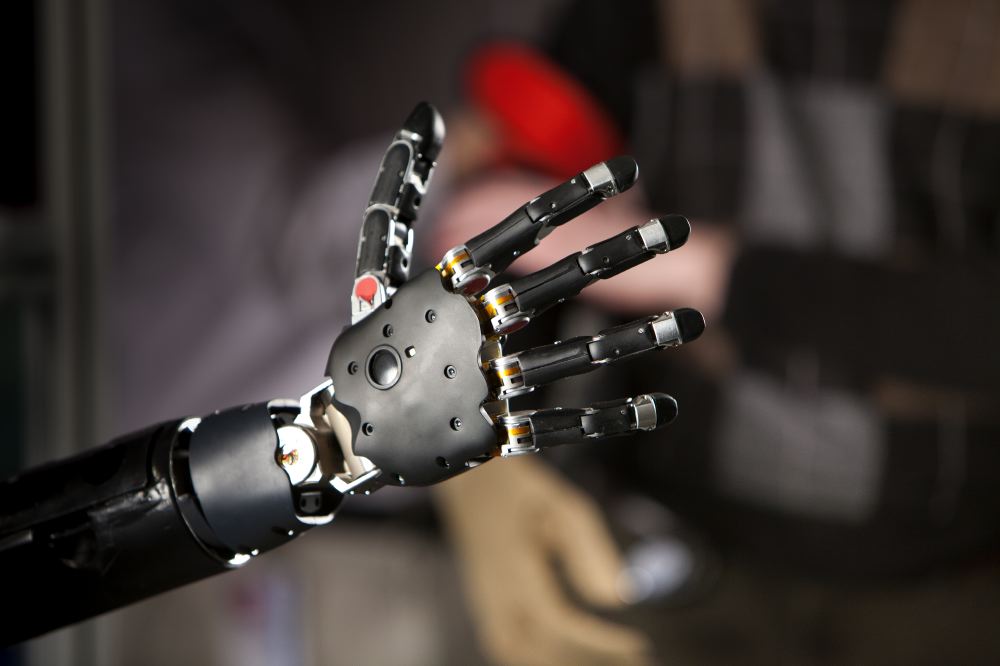After an Amputation: How do Prosthetics Work?
I’m Ed Smith, an Amputation Attorney in Sacramento. Over the past few decades, many new tools and devices have been produced that can make life easier for someone who has suffered an amputation. One of the tools available to the individual and the family is a prosthetic limb. Once thought to be only seen in science fiction, prosthetic limbs play a prominent role in life following an amputation. Just how do they work?
How does a Prosthesis Work?
A prosthetic limb is a device that attaches to the arm or leg of an individual (such as the humerus or a femur) and helps to replace a limb that has been lost to an amputation. For some people, they may lose their limb due to a traumatic injury, perhaps in an auto accident. For others, they could lose an arm or a leg due to a disease process, such as diabetes or cancer. Whatever the reason, these losses can be catastrophic; however, a prosthetic limb has a chance to ease this process. Many prosthetic limbs today operate by reading the electrical currents that exist in the muscle fibers that used to feed the limb that has been lost. When someone wants to move their limb in one direction, there is a distinct electrical pattern that develops. Devices have been developed that can read these patterns and make the limb move in the desired direction. While this is impressive, more research is necessary to improve the quality of these devices.
Watch Youtube Video ~ The Mind-Controlled Bionic Arm With a Sense of Touch. Below, explore deeper into the world of future prosthetics! Learn about the brave patient and researchers working together to close the gap between man and machine. The video introduces Melissa, a very brave woman attacked while trying to break up a fight between her two pet dogs and a vicious racoon. She eventually suffered a limb amputation after her wound went septic. She had an innovative surgery that allows an amputee to use their brain to operate a prosthetic arm. Going one step further, they promised she would eventually have a sense of touch. Melissa recently reported that she feels like she has a hand!
Prosthetics in the Future
While prosthetics are certainly life-changing devices for those who have suffered amputation injuries, more research needs to be done. Today, prosthetic limbs can support someone as they walk, help someone grab an object, or even allow someone to write; however, they do not generate the sensations that the native (or original) limb was able to. This is the future. Improvements must be made regarding how a prosthetic limb communicates with the brain. This could allow someone to sense hot, cold, pain, or compassion through the prosthetic limb. As more research is performed and fine-tuning is done to improve the movements of these limbs, the quality of life for someone following an amputation injury will drastically improve.
Help for People with Amputation Injuries
While the research that has been done into prosthetic limbs is certainly exciting, it is also important to try and research the circumstances of any accident that results in an amputation to the fullest extent possible. These are still serious injuries that can negatively impact a family for the rest of their lives. It is important to try and prevent this injury from happening again while investigating the cause from every angle.
Amputation Lawyers in Sacramento
I’m Ed Smith, an Amputation Attorney in Sacramento. Please reach out to me for free, friendly advice if you or someone you love has suffered an amputation injury. Our office can be reached by calling or by dialing our toll-free line, which is (800) 404-5400.
The California chapter of the Million Dollar Forum invited me as a member. The professionals in our forum are among the top-rated trial attorneys in the United States. Members have earned verdicts and assisted in settlements in cases valued at more than $1 Million dollars for a client.
Our guests can check out our verdicts & settlements which are seen here.
Ratings provided by customers from the past are saved on Avvo, Yelp, and Google.
Image Source: The image of the prosthetic limb at the start of this site was found in its original form on Wikimedia Commons and is reproduced here with permission under the 3.0 version of the CC License.
:dr [cs 750] cv

